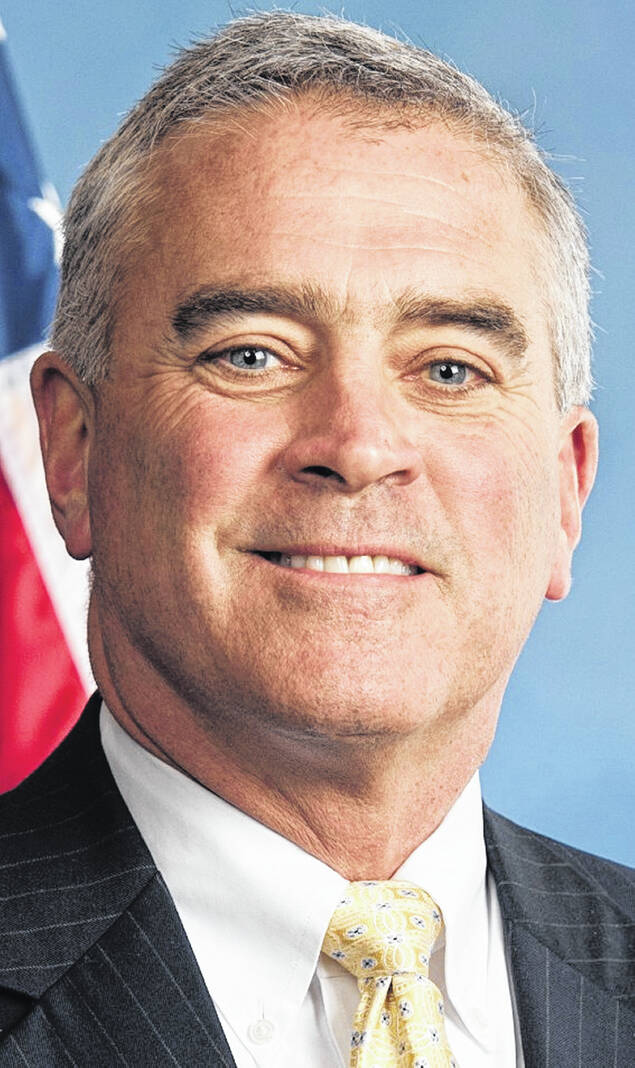
“We the People of the United States, in Order to form a more perfect Union, establish Justice, insure domestic Tranquility, provide for the common defence, promote the general Welfare, and secure the Blessings of Liberty to ourselves and our Posterity, do ordain and establish this Constitution for the United States of America.”
So begins the preamble to the Constitution of the United States of America. Delegates to the Constitutional Convention gathered in secret in Philadelphia in the summer of 1787 to draft this incredible four-page document, establishing the unique government of the United States.
Signed on September 17, 1787, the Constitution establishes our three separate but equal branches of government, their jurisdictions, and the system of checks and balances that has made our system the envy of the world. The Constitution and its amendments codify so many of the rights Americans hold dear, including the freedom of religion, freedom of speech and the press, the freedom to peaceably assemble, and to keep and bear arms.
This uniquely American document would become an international testament to self-governance, the principles of the rule of law, the separation of powers, federalism, and individual rights.
Our fledgling nation began in July 1776 with the signing of the Declaration of Independence, and Jefferson’s immortal words:
“We hold these truths to be self-evident, that all men are created equal, that they are endowed by their Creator with certain unalienable Rights, that among these are Life, Liberty and the pursuit of Happiness. That to secure these rights, Governments are instituted among Men, deriving their just powers from the consent of the governed. That whenever any Form of Government becomes destructive of these ends, it is the Right of the People to alter or to abolish it, and to institute new Government, laying its foundation on such principles and organizing its powers in such form, as to them shall seem most likely to effect their Safety and Happiness.”
A generation later, Abraham Lincoln described the indelible relation between the Constitution and Declaration of Independence by invoking Proverbs, calling the Declaration an “apple of Gold” and the Constitution, as “the picture of silver, subsequently framed around it. The picture was made, not to conceal, or destroy the apple; but to adorn, and preserve it. The picture was made for the apple —- not the apple for the picture.” The Constitution frames our liberties originally recognized in the Declaration of Independence.
Our young republic would go on to wage hard-fought battles against the British Crown for several years. Over 20,000 brave patriots lost their lives in the fight to secure our republic. Following the Revolutionary War, the Articles of Confederation, the original governing document of the United States, needed to be revised. How much power should the federal government have? How should this new government be divided? How should it share power with the people?
This was an experiment that had never before been successful; and one that was so fragile, the founders feared it might not last. The average lifespan of a written constitution is only about seventeen years. Thomas Jefferson thought ours might last nineteen.
Yet the document James Madison would write has withstood the test of time; the United States now possesses the oldest codified constitution in the world and one that is an international inspiration to peoples seeking their natural right to self-government. James Madison would later be referred to as the “Father of the Constitution,” but he protested, believing the document was not “the off-spring of a single brain,” but “the work of many heads and many hands.”
It is that spirit of cooperation and compromise that allowed our founders to create a document that would not become brittle over time. The founders built in safeguards to allow for amendments to the Constitution, thereby ensuring that the document would reflect the will of the people.
At the core of what the founders created in those closed sessions during the hot summer months of 1787 is the framework for a government that exists and functions with the consent of the people. They borrowed these ideas from conservative Edmund Burke: “In all forms of government the people are the true legislator. The remote and efficient cause is the consent of the people, either actual or implied, and such consent is absolutely essential to its validity.” The Constitution places constraints on the government, not on the people. We care for the Constitution because it derives its existence from, and answers to us, “We, the people.”
Though not a perfect document, the wise writers of our Constitution reflected the enduring truths that have made the United States an international model for freedom, democracy, and Constitutional governance for nearly 250 years.
An often-told story says that after the Constitutional Convention in 1787, Benjamin Franklin was walking out of Independence Hall, and someone shouted to him asking what sort of government they had created.
Franklin famously replied, “A republic, if you can keep it.” Let’s keep it.
U.S. Rep. Brad Wenstrup is a Republican Congressman serving the 2nd District of Ohio.

